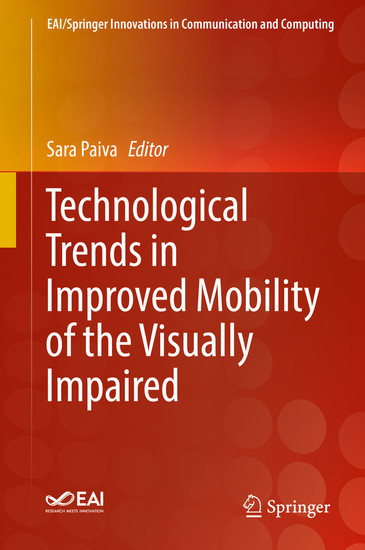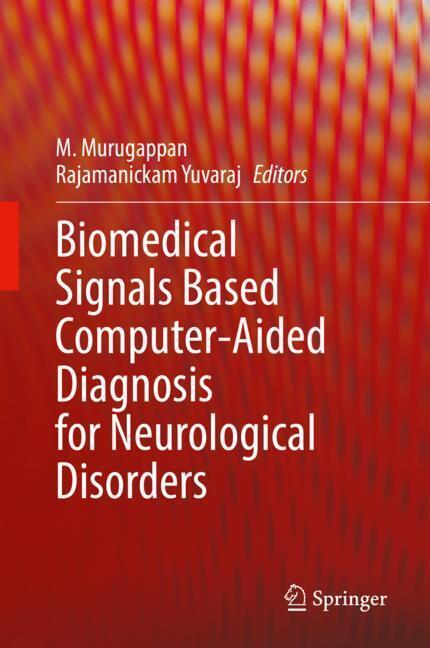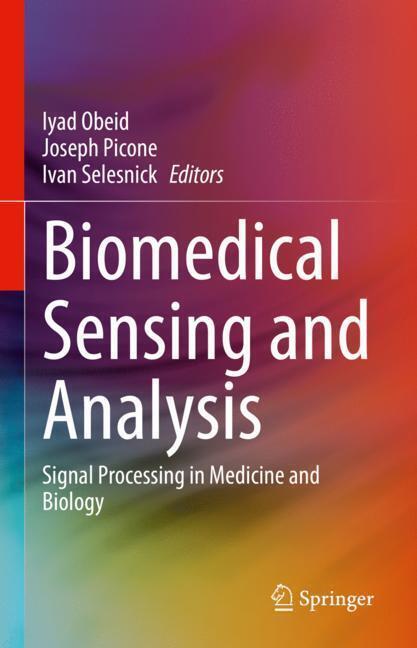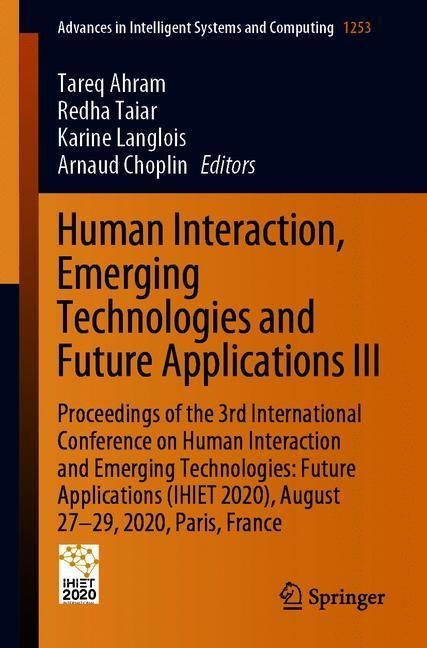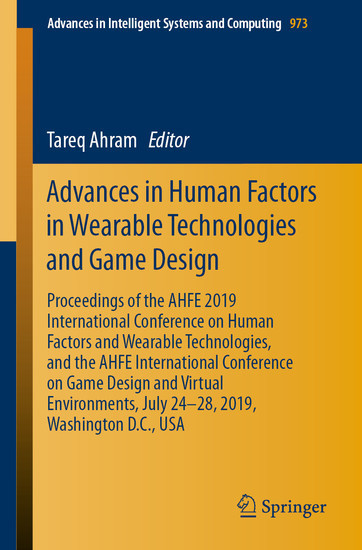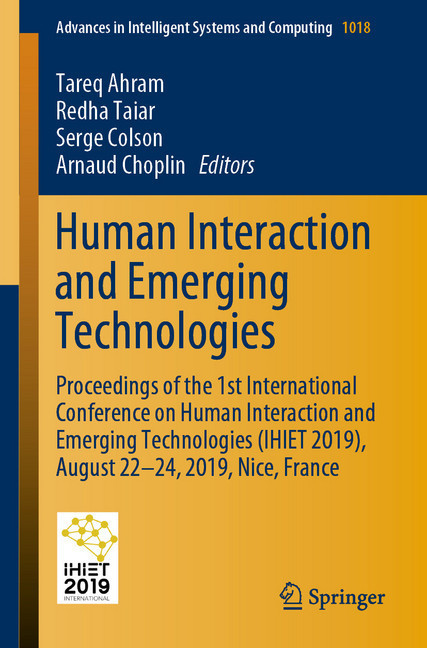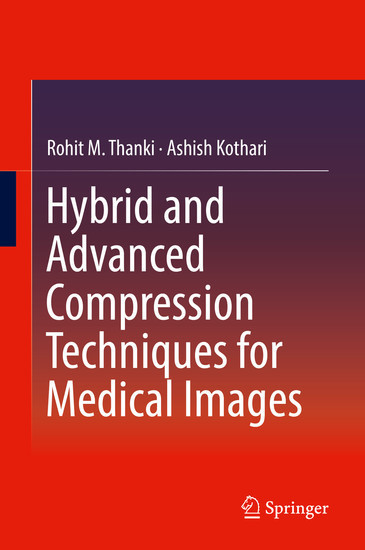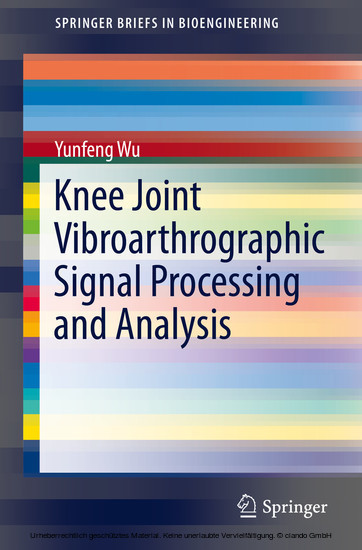Technological Trends in Improved Mobility of the Visually Impaired
This book provides an insight into recent technological trends and innovations in mobility solutions and platforms to improve mobility of visually impaired people. The authors' goal is to help to contribute to the social and societal inclusion of the visually impaired. The book's topics include, but are not limited to, obstacle detection systems, indoor and outdoor navigation, transportation sustainability systems, and hardware/devices to aid visually impaired people. The book has a strong focus on practical applications, tested in a real environment. Applications include city halls, municipalities, and companies that can keep up to date with recent trends in platforms, methodologies and technologies to promote urban mobility. Also discussed are broader realms including education, health, electronics, tourism, and transportation. Contributors include a variety of researchers and practitioners around the world.
Features practical, tested applications of technological mobility solutions for visual impaired people;
Presents topics such as obstacle detection systems, urban mobility, smart home services, and ambient assisted living;
Includes a number of application examples in education, health, electronics, tourism, and transportation.
Sara Paiva is an Associate Professor at the Polytechnic Institute of Viana do Castelo, a PhD in Informatics Engineering from University of Vigo and a postdoctoral researcher at the University of Oviedo since January 2018, under advanced driving assistants and urban mobility. Sara Paiva coordinates ARC4DigiT, the Applied Research Center for Digital Transformation, created in january 2018.. Her main line of research is mobility solutions in urban environments applied to citizens in general and/or to the promotion of social inclusion.
She is frequent book editor of Springer and IGI books, has more than 30 publications in international journals and conferences, is a frequent reviewer of journals and international conferences and has supervised several final projects of Bachelor and Master in her main line of work.
Features practical, tested applications of technological mobility solutions for visual impaired people;
Presents topics such as obstacle detection systems, urban mobility, smart home services, and ambient assisted living;
Includes a number of application examples in education, health, electronics, tourism, and transportation.
Sara Paiva is an Associate Professor at the Polytechnic Institute of Viana do Castelo, a PhD in Informatics Engineering from University of Vigo and a postdoctoral researcher at the University of Oviedo since January 2018, under advanced driving assistants and urban mobility. Sara Paiva coordinates ARC4DigiT, the Applied Research Center for Digital Transformation, created in january 2018.. Her main line of research is mobility solutions in urban environments applied to citizens in general and/or to the promotion of social inclusion.
She is frequent book editor of Springer and IGI books, has more than 30 publications in international journals and conferences, is a frequent reviewer of journals and international conferences and has supervised several final projects of Bachelor and Master in her main line of work.
1;Preface;6 2;Contents;7 3;Part I Literature Reviews and Surveys;9 3.1;1 Smart Cities to Improve Mobility and Quality of Life of the Visually Impaired;10 3.1.1;1.1 Introduction;10 3.1.2;1.2 Related Work;12 3.1.2.1;1.2.1 Public Areas in Smart Cities for Visually Impaired People;13 3.1.2.2;1.2.2 Transport Systems in Smart Cities for Visually Impaired People;15 3.1.2.3;1.2.3 Homes of Visually Impaired People in Smart Cities;17 3.1.2.4;1.2.4 Mobile Assistive Vision Support Systems for Obstacle Detection and Space Perception;18 3.1.2.4.1;Obstacle Detection;18 3.1.2.4.2;Space Perception;19 3.1.3;1.3 Crowdsourcing to Help Visually Impaired People in Smart Cities;20 3.1.4;1.4 Internet of Things Applications for Visually Impaired People;22 3.1.4.1;1.4.1 IoT Architecture;22 3.1.4.1.1;Independent Shopping Scenario;24 3.1.4.1.2;Smart Learning Scenario;25 3.1.4.1.3;Domestic Environment Scenario;26 3.1.5;1.5 Artificial Intelligence (AI), Virtual Reality (VR) and Augmented Reality (AU) Solutions for Visually Impaired People;26 3.1.6;1.6 Conclusion;31 3.1.7;References;32 3.2;2 A Survey on Accessible Context-Aware Systems;36 3.2.1;2.1 Introduction;36 3.2.2;2.2 Research Objectives and Methodology;40 3.2.3;2.3 Disabilities and Context-Awareness;42 3.2.3.1;2.3.1 Blind and Visually Impaired;42 3.2.3.2;2.3.2 Motor Disabled;46 3.2.3.3;2.3.3 Cognitive Disabled;49 3.2.3.4;2.3.4 Hearing Disabled;50 3.2.4;2.4 Discussion;50 3.2.4.1;2.4.1 Analysis of the State-of-the-Art Solutions;50 3.2.4.2;2.4.2 Strategies for Making Context-Aware Systems Accessible;55 3.2.4.3;2.4.3 Interaction Models of Different Types of Disability;58 3.2.4.4;2.4.4 Existing Reviews on Context-Aware Systems;59 3.2.4.5;2.4.5 The Proposed Multi-Layer CAS Framework;61 3.2.5;2.5 Conclusions and Future Work;64 3.2.6;References;66 3.3;3 Smart Systems to Improve the Mobility of People with Visual Impairment Through IoM and IoMT;71 3.3.1;3.1 Introduction;71 3.3.2;3.2 Visual Impairments - Types and Causes;74 3.3.2.1;3.2.1 Types of Visual Impairments;74 3.3.2.2;3.2.2 Cause of Visual Impairments;75 3.3.2.3;3.2.3 Diagnosis of Visual Impairment Affections;76 3.3.3;3.3 Technologies Used for Visual Impairments;77 3.3.3.1;3.3.1 Visual Impairment Treatment Methods;77 3.3.3.2;3.3.2 User Interface;78 3.3.3.3;3.3.3 Braille Touchscreen Keyboards;78 3.3.3.4;3.3.4 Google Glass as Assistive Technology;79 3.3.4;3.4 Smart System Integrated to Improve Mobility;80 3.3.4.1;3.4.1 Useful Technologies;80 3.3.4.2;3.4.2 Assistive Technologies for Visual Impairment Mobility by IoM and IoMT;81 3.3.5;3.5 Future Challenge in Mobility Improvement for Visual Impairment;86 3.3.6;References;88 3.4;4 Comprehensive Literature Reviews on Ground Plane Checking for the Visually Impaired;91 3.4.1;4.1 Introduction;91 3.4.2;4.2 Taxonomy of Assistive Technologies;92 3.4.3;4.3 Ground Plane Hazards;93 3.4.4;4.4 Techniques to Detect Obstacles and Ground Plane Hazards;93 3.4.4.1;4.4.1 Assistive Device for Obstacle Detection;94 3.4.4.1.1;Range Sensors Based Assistive Technologies;94 3.4.4.1.2;Vision Sensors Based Assistive Technologies;97 3.4.4.2;4.4.2 Assistive Device for Staircases and Steps Detection;99 3.4.4.2.1;Range Sensors Based Assistive Technologies;99 3.4.4.2.2;Vision Sensors Based Assistive Technologies;100 3.4.4.3;4.4.3 Assistive Device for Potholes Detection;101 3.4.4.3.1;Range Sensors Based Assistive Technologies;101 3.4.4.3.2;Vision Sensors Based Assistive Technologies;103 3.4.4.4;4.4.4 Assistive Device for Ramp, Drainage, and Loose Surface Detection;104 3.4.5;4.5 Discussions;104 3.4.6;4.6 Recommendations;106 3.4.7;References;107 3.5;5 Technologies and Systems to Improve Mobility of Visually Impaired People: A State of the Art;110 3.5.1;5.1 Introduction;110 3.5.2;5.2 Outdoor Navigation;111 3.5.3;5.3 Indoor Navigation;115 3.5.4;5.4 Obstacle Avoidance;119 3.5.5;5.5 Discussion;123 3.5.6;5.6 Conclusions;126 3.5.7;References;127 4;Part II Navigation Systems Proposals;129 4.1;6 Cloud Video Guidance as "Deus ex Machina" for the Visu
Paiva, Sara
| ISBN | 9783030164508 |
|---|---|
| Artikelnummer | 9783030164508 |
| Medientyp | E-Book - PDF |
| Copyrightjahr | 2019 |
| Verlag | Springer-Verlag |
| Umfang | 421 Seiten |
| Sprache | Englisch |
| Kopierschutz | Digitales Wasserzeichen |

